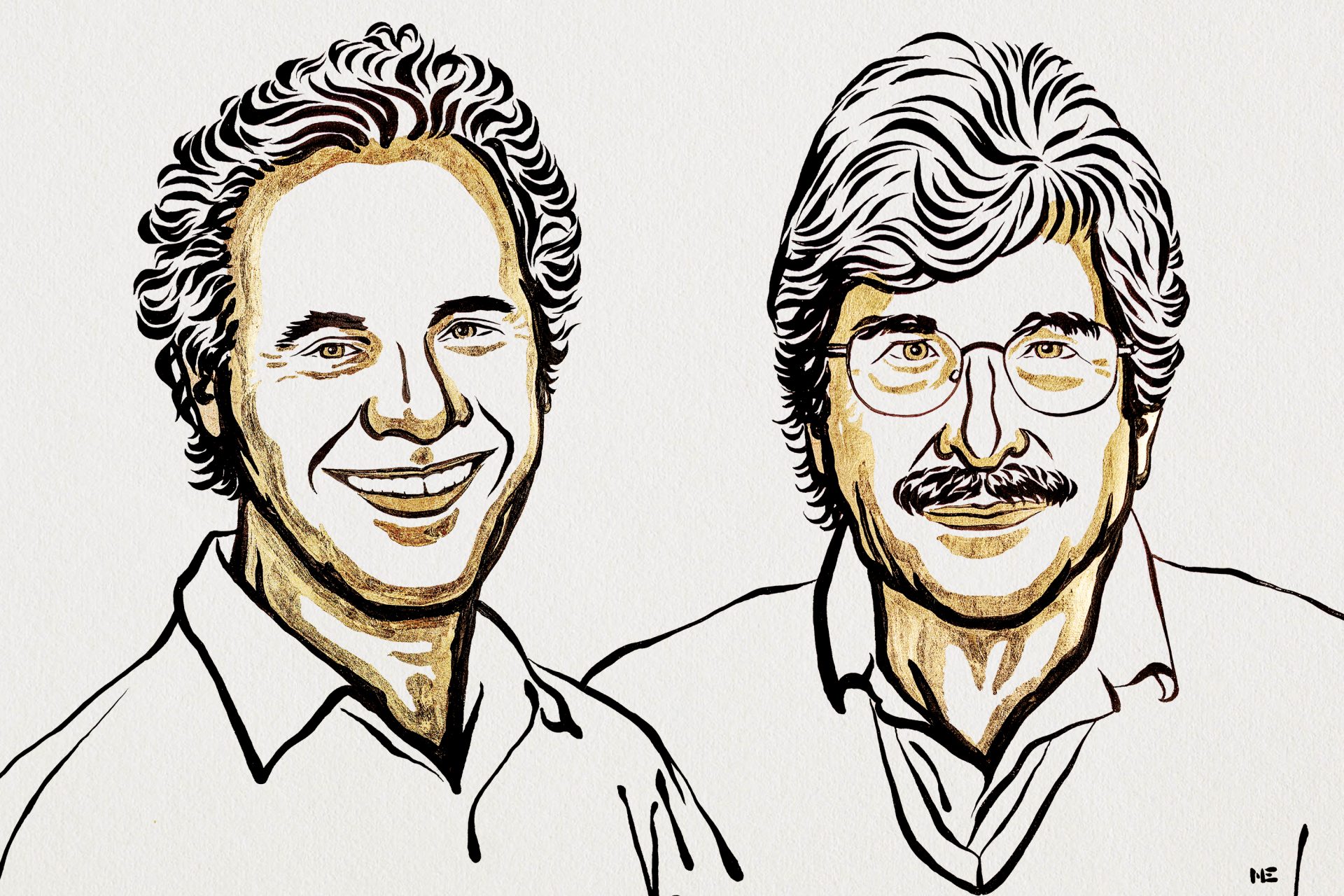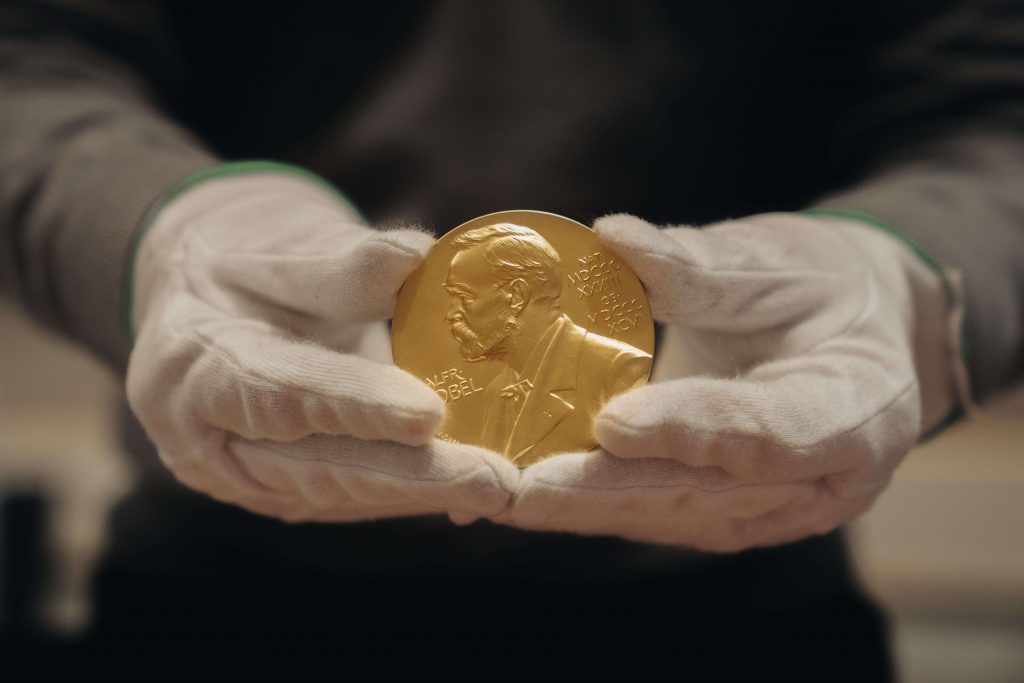RNA science front and center at the 2024 Nobel Prizes
Author | Paul Avedisian
It would seem that the Nobel Foundation has RNA firmly on its radar, or is that “R-N-A-dar?”
In 2023, the Nobel Prize in Physiology or Medicine was awarded to Katalin Karikó and Drew Weissman for their groundbreaking work mitigating the inflammatory response to mRNA, paving the way for rapid development of an mRNA-based vaccine to combat COVID-19.
Research on RNA also clinched a Nobel Prize in 1965 for the discovery of mRNA itself, in 1989 for recognizing RNA’s roles as enzymes, in 2006 for the discovery of RNA interference, in 2009 for the detailed structural mapping of the ribosome, as well as the role of the RNA-guided enzyme telomerase in protecting the ends of our chromosomes, and in 2020 for the development of a method for genome editing, the CRISPR/Cas9 genetic scissors
2024 marks another banner year for RNA. The Nobel Prize in Physiology or Medicine was awarded for the discovery of microRNA, a key regulator in gene expression, and the Nobel Prizes for Chemistry and Physics each involve core research that factors heavily into the RNA therapeutic development equation.

Ill. Niklas Elmehed © Nobel Prize Outreach
But let’s start in 1993. Bill Clinton is sworn in as President of the United States, the newly repaired Hubble Telescope transmits its first clear images back to earth, and biologists Victor Ambros and Gary Ruvkun discover something “really interesting” happening in the gene regulation mechanism of a tiny worm. Their curiosity is piqued.
In the late 1980s, as postdoctoral fellows in the laboratory of 2002 Nobel laureate Robert Horvitz, Ambros and Ruvkun were interested in finding out how cells develop into their specialized types and functions in complex organisms such as humans. The 1 mm roundworm C. elegans, possessing many specialized cell types such as nerve cells and muscle cells, made it the perfect, simplified model.
They focused on genes that control the timing of activation of different genetic programs in the cell development process, looking at mutant strains of the nematodes and investigating where and how things went wrong.

© Nobel Prize Outreach. Photo: Clément Morin.
Continuing this work independently at their respective labs at Harvard University, and Massachusetts General Hospital and Harvard Medical School, Ambros and Ruvkun corroborated each other’s results, indicating that something was inhibiting protein production in the later stages of gene expression. Their research revealed that an unusually small, non-coding RNA appeared to be binding to the mRNA causing this disruption.
What they had unwittingly discovered in 1993 was a new type of gene regulation mediated by a previously unknown player, microRNA. Initially thought to be exclusive to C. elegans, further studies by Ambros and Ruvkun would show that microRNA is prevalent in all multicellular organisms, including humans, garnering wide-reaching attention from the greater scientific community.
In the years since, literally thousands of different microRNAs have been identified, among them more than a thousand genes for different microRNAs in humans. Genetic research also revealed that cells and tissues do not develop normally without microRNAs, and that abnormal regulation by microRNAs can contribute to cancer and other diseases.
This October, the Nobel Foundation recognized Ambros’ and Ruvkun’s astounding achievement and its profound impact, jointly awarding them the 2024 Nobel Prize in Physiology or Medicine for their discovery of microRNAs and their roles in post-transcriptional gene regulation — a fundamental principle governing how gene activity is regulated after an mRNA is made by the cell.
Analisa DiFeo, Ph.D., is a professor of pathology and obstetrics & gynecology, and an affiliate faculty member of the U-M Center for RNA Biomedicine. DiFeo has been studying microRNA and its involvement in ovarian cancer for several years, and identified miR-181a as a driving mechanism behind the initiation and progression of the disease. She was thrilled by the Nobel Prize announcement.
“Cancer research has largely focused on transcription factors as key tumor suppressors or oncogenes. I hope this recognition will reinvigorate the field, shifting attention to these vital genetic regulators and driving greater support for miRNA-based therapies,” said DiFeo.
DiFeo is also the associate director for the cancer biology graduate program, jointly supported by the Rogel Cancer Center and Michigan Medicine, and honored as a 2024 Rogel Scholar for her dedication to achieving impact through novel breakthroughs in cancer research.
In a confluence of influences, the 2024 Nobel Prize for Physics was awarded jointly to John Hopfield and Geoffrey Hinton for using tools from physics to develop methods that are the foundation of today’s powerful machine learning.
Their work laid the foundation for Demis Hassabis and John Jumper to develop AlphaFold, the most powerful Artificial Intelligence (AI) model that predicts proteins’ complex structures.
Hassabis and Jumper share the 2024 Nobel Prize in Chemistry with David Baker, lauded for building previously unimaginable new proteins from amino acids, life’s building blocks.
The significance of this recognition by the Nobel Foundation cannot be underestimated for its pertinence to RNA science. Inside our cells, genetic information in DNA is copied, or “transcribed” into mRNA, which then “translates” those instructions to produce amino acids that combine to make proteins.
Just like RNAs, proteins fold into three-dimensional structures that determine their unique function. Since all RNAs interact with proteins in the cell, often recruiting them as effectors of their function, understanding protein structure and how proteins bind to RNA is of critical importance for effective RNA therapeutics.
MicroRNAs in particular hold much promise but still present several challenges: specifying targets for regulation, stability, immune system activation, and dual roles as both oncogenes (cancer-causing proteins) and tumor suppressor genes.
AI and protein structure prediction tools like AlphaFold can play a pivotal role in overcoming some of these hurdles by enabling more precise design and a better understanding of miRNA interactions and effects.

© Nobel Prize Outreach. Photo: Clément Morin.
“More broadly, AI modeling undoubtedly will play a major role in pinpointing specific attack points that maximize clinical effects of RNA medicines writ large,” says Nils Walter, Ph.D., the Francis S. Collins Collegiate Professor of Chemistry, Biophysics & Biological Chemistry. He also serves as co-director of the Center for RNA Biomedicine, which is currently engaged in building an RNA Therapeutics Initiative at the U-M under the leadership of Michelle Hastings and Peter Todd.
Advances in human genomics and RNA-based therapeutics are transforming modern medicine, and the University of Michigan is poised to lead this revolution through its extensive expertise in clinical diagnostics, RNA biomedicine, chemistry, bioinformatics, and materials engineering. The RNA Therapeutics Initiative will streamline the process from genetic diagnosis to personalized RNA-based therapy, beginning with an on-site research and synthesis facility that aims to lower costs and speed up the development of groundbreaking treatments.
The innovative discoveries leading to the three science-related Nobel Prizes this year highlight the profound interconnectedness of different scientific domains and the potential for cross-disciplinary innovations to address the challenges nascent to RNA therapeutics development.
